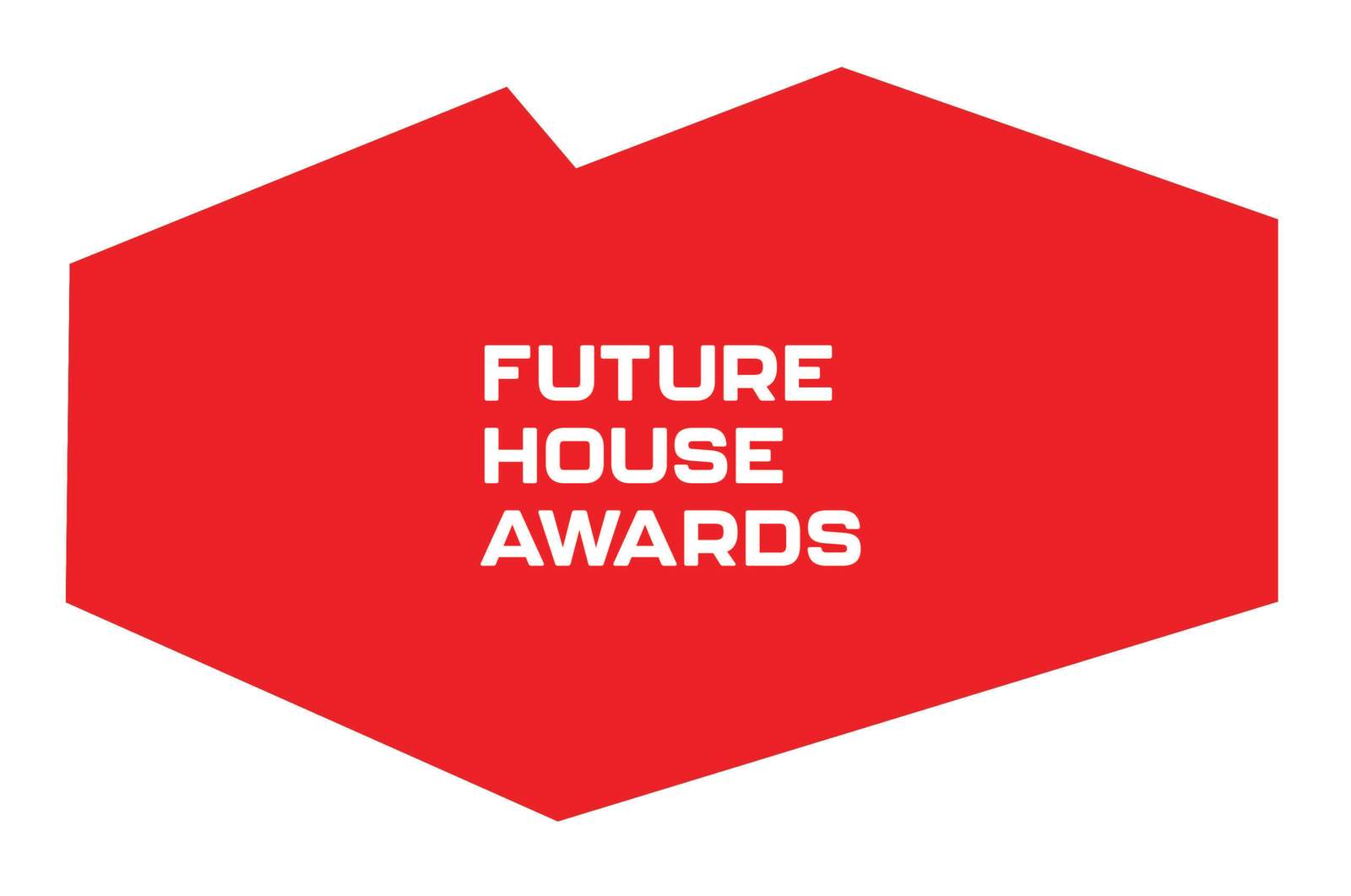Design is the transformation of a concept/idea into a configuration, drawing, model, mold, or pattern to help achieve its objectives. Product and service design is a different science in marketing that must have seriousness and responsibility. Initial research, concept formulation, design, development, prototype construction, engineering, and production are stages of the design process for new products/services. However, the applicability of the design process above to ecotourism has a limit, owing to the difficulty of developing new ecotourism locations from scratch. Therefore, the key characteristics of ecotourism design elements are different from those of design elements in the bulk of products/services. The genuineness of the natural environment, ecolodge, and historical heritage are some of the key qualities of ecotourism design elements.
Ecotourism Design Elements Have Changed
The design of ecotourism’s primary elements must adapt to evolving customer demands. This distinction between ecotourism design elements and the design elements of many other products and services is significant.
Simply, to meet rising customer expectations, key design components like shape, color, and design must be highly dynamic for products/services. Design aspects of popular consumer electronics items vary at a quick rate in terms of design to attract buyers.
On the other hand, key design components of ecotourism services are fundamentally distinct in such a way that they must. In most cases, be consistent to remain appealing to clients. As previously mentioned, genuineness of the natural environment, specific species, a pure ecosystem with accessible interpretative trails, level of the thrill of its natural phenomenon, ecolodge, and cultural immersion of local people are all significant components of ecotourism design elements.
Attempts by tour operators or local governments to influence these important components of ecotourism design elements can reduce the attractiveness of these places to potential visitors.
To summarize this point, modifying ecotourism design features to fit changing customer needs may not be the most effective strategy because clients of ecotourism locations may be drawn to the consistency of these elements.
Read more on INJ Architects:
https://injarch.com/how-to-design-a-modern-villa/
https://injarch.com/what-designing-means-for-all-aspects-of-present-day-life/
https://injarch.com/architectural-design-basics-for-hotels-all-the-basics/



